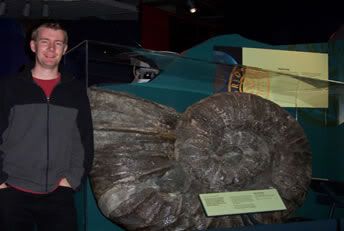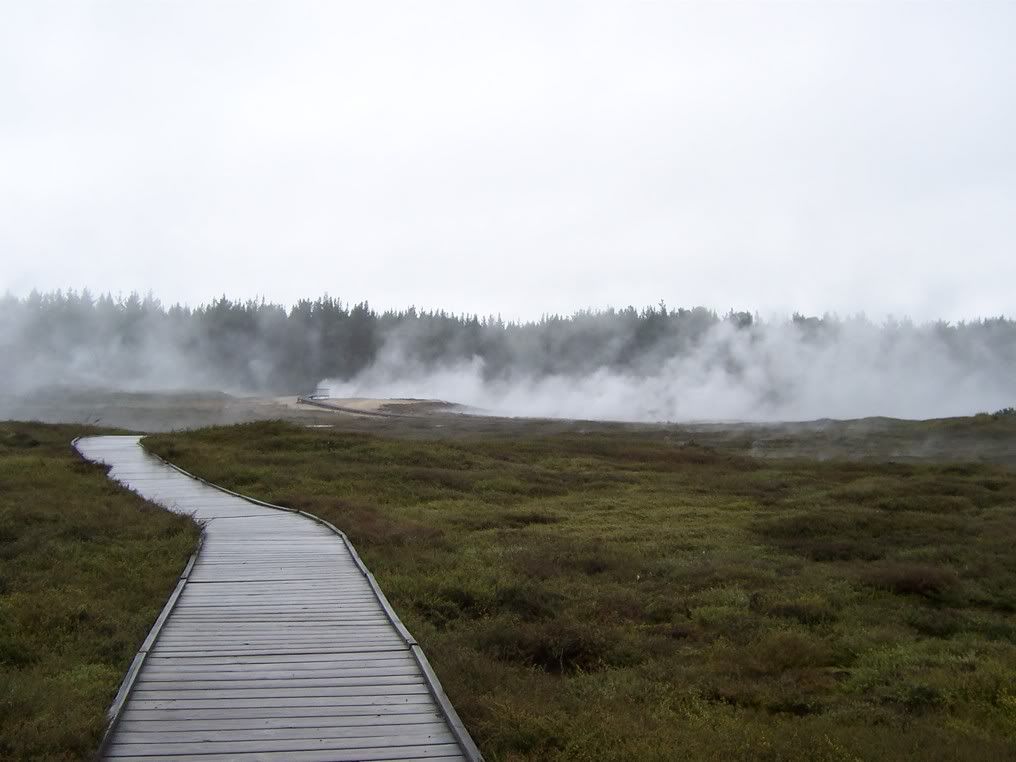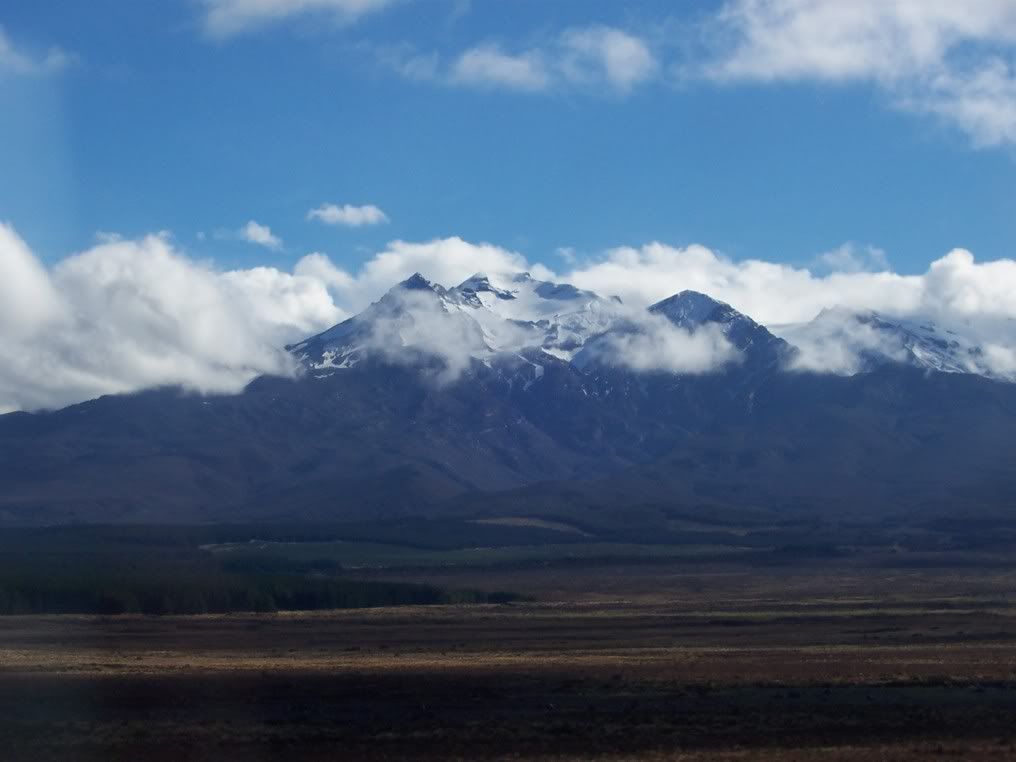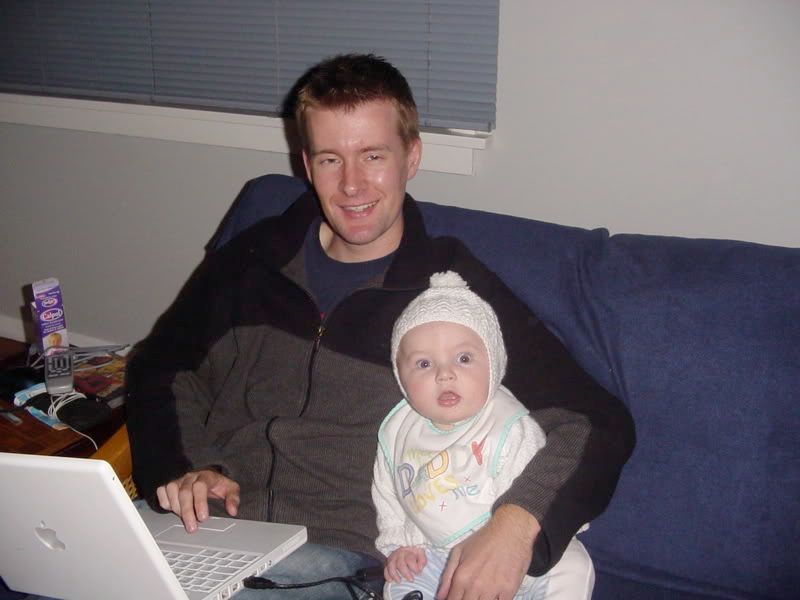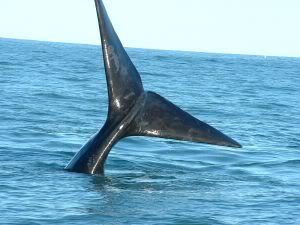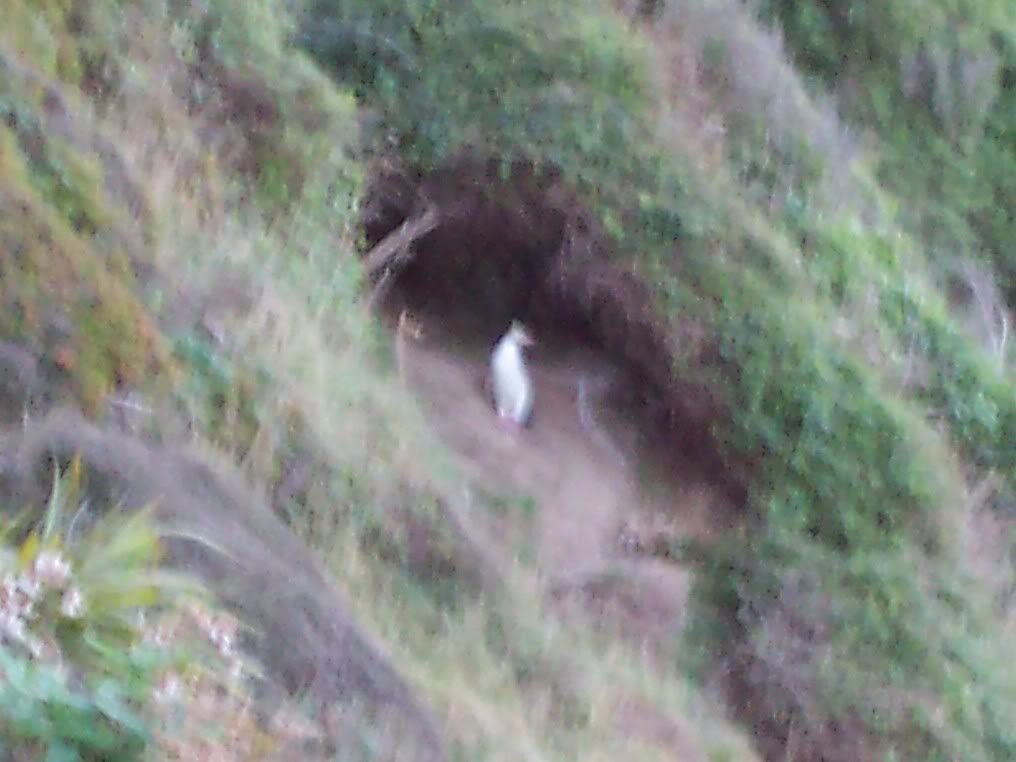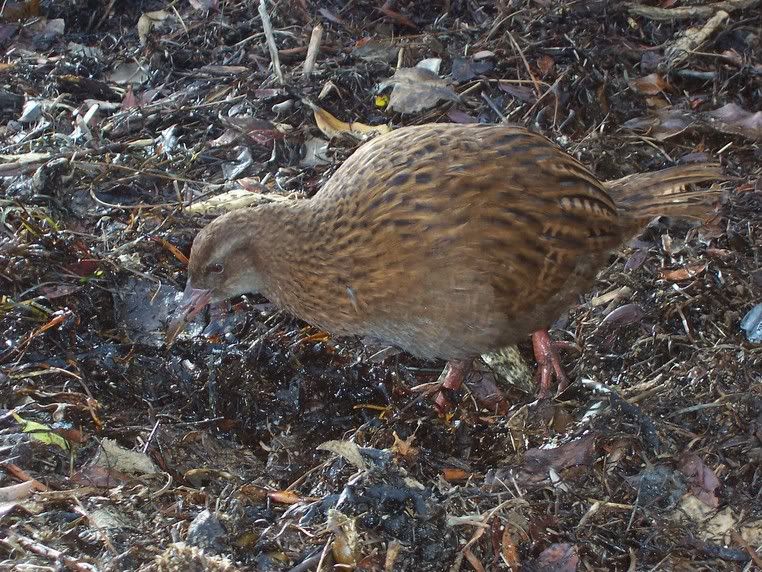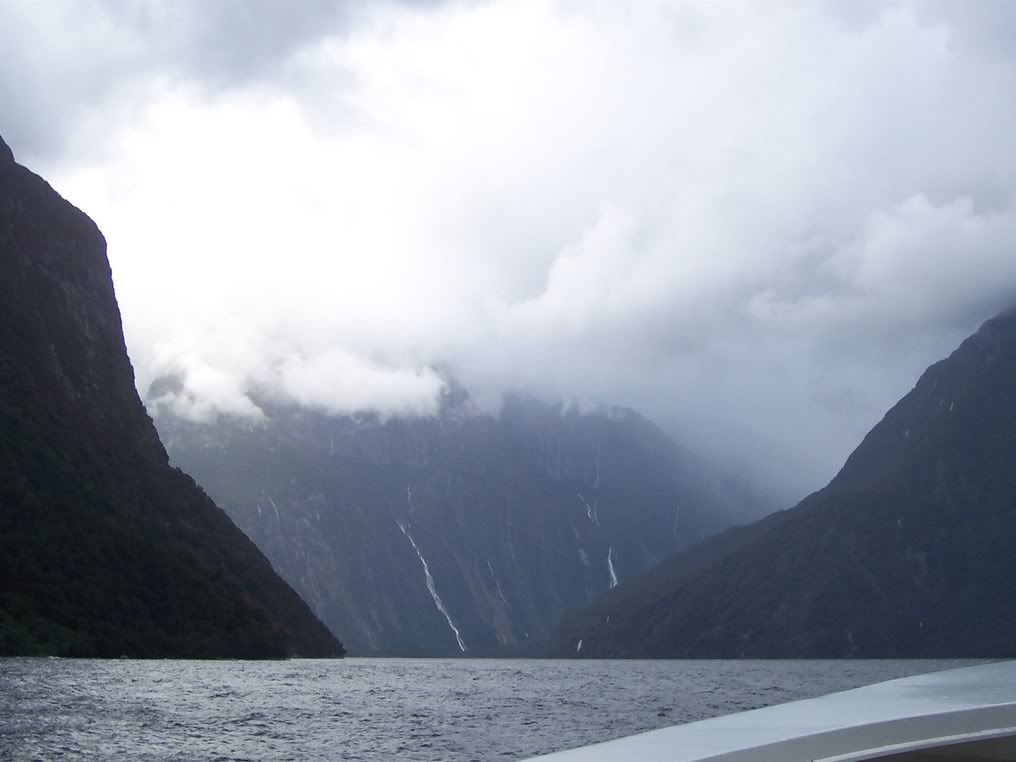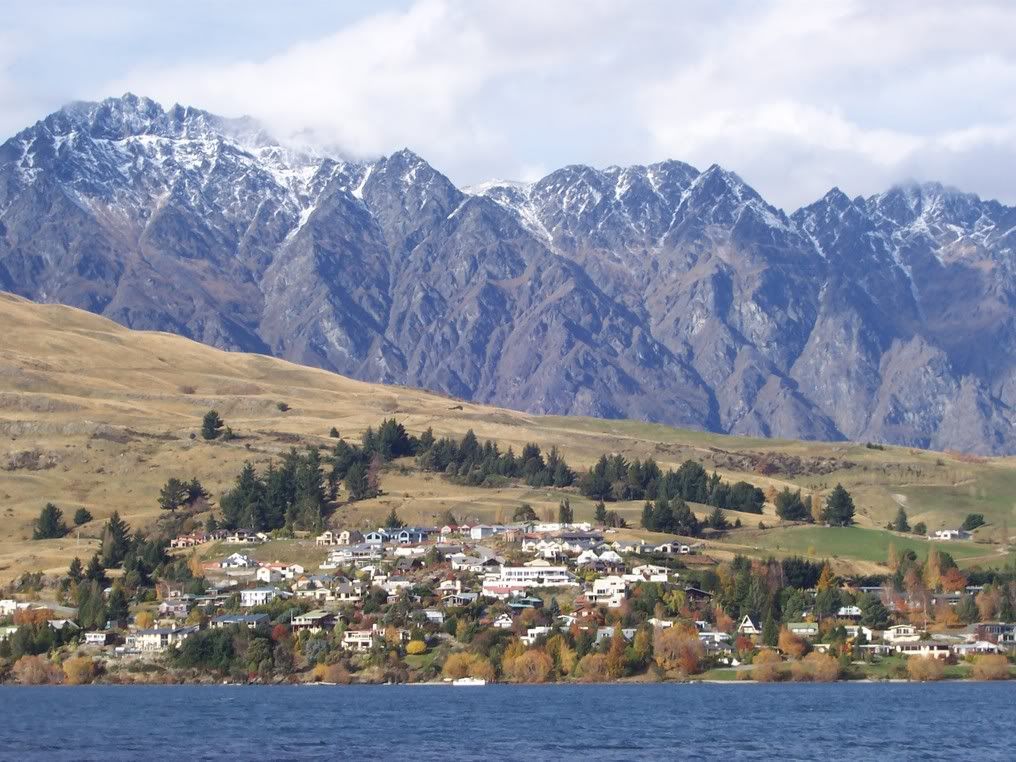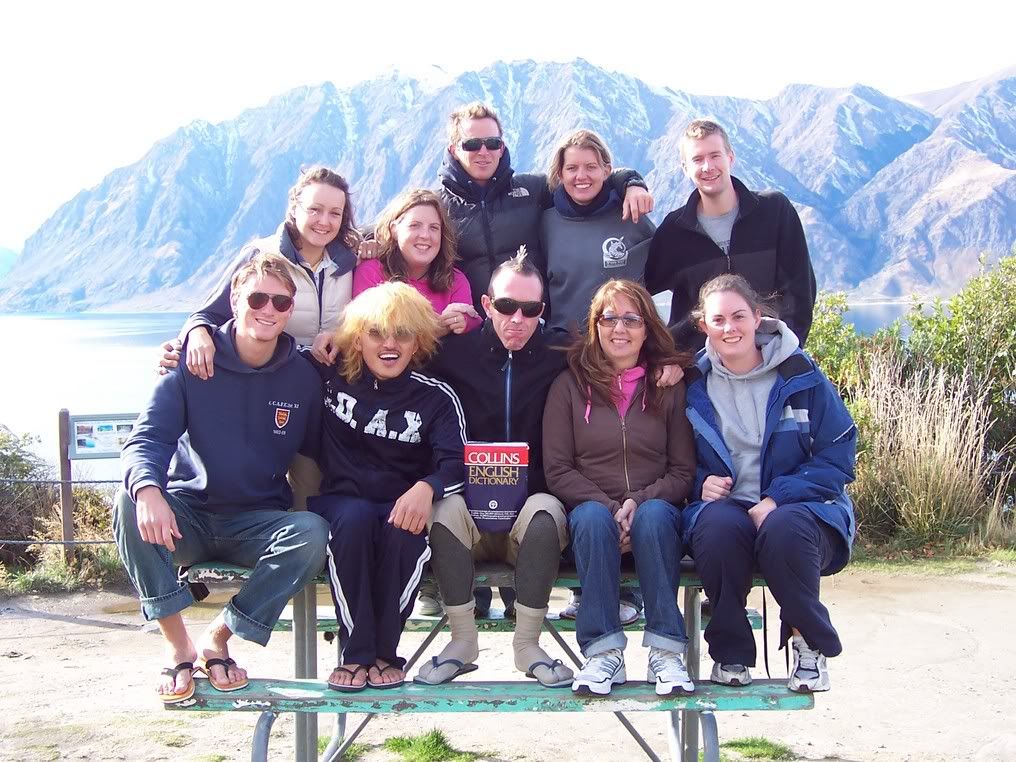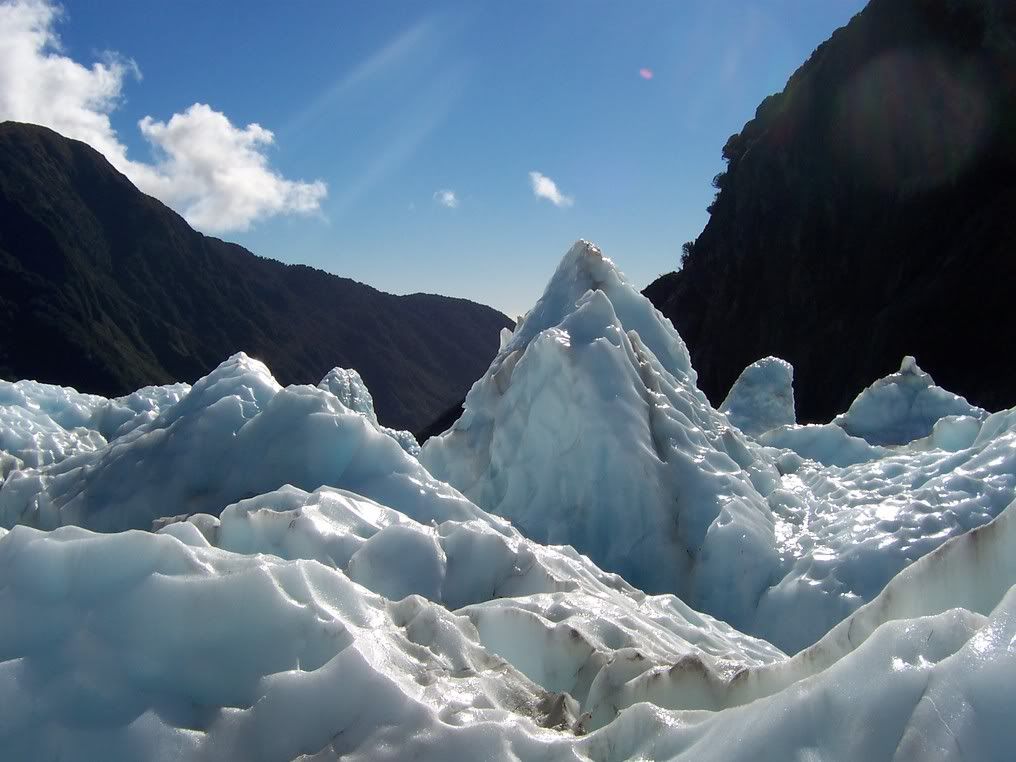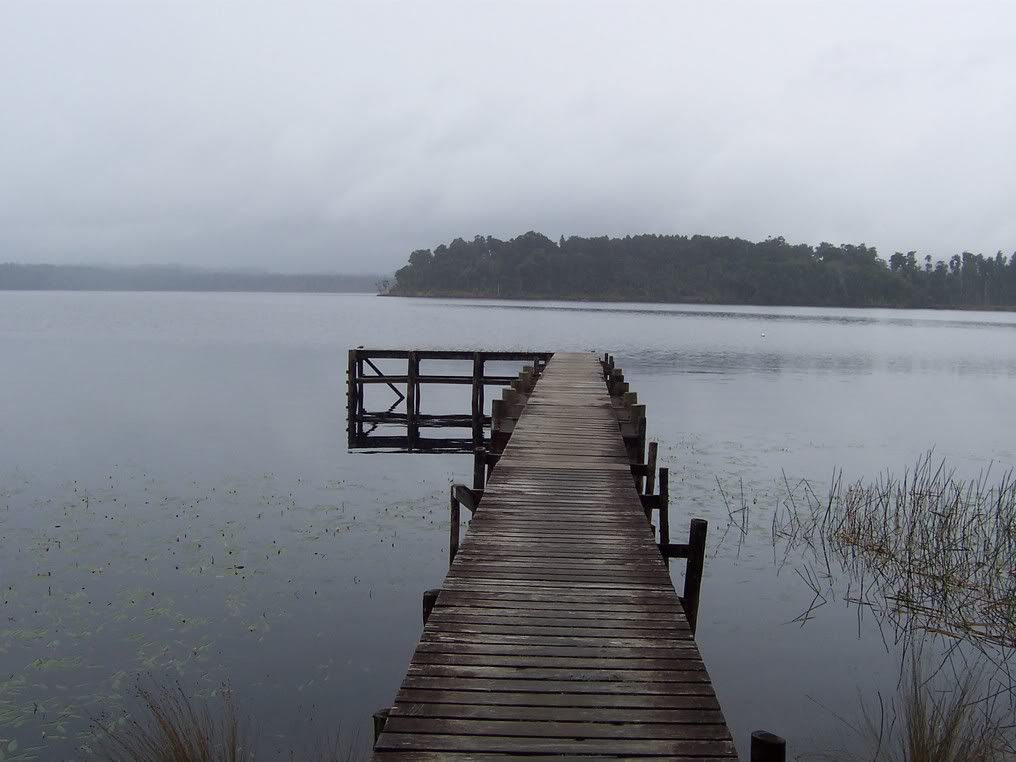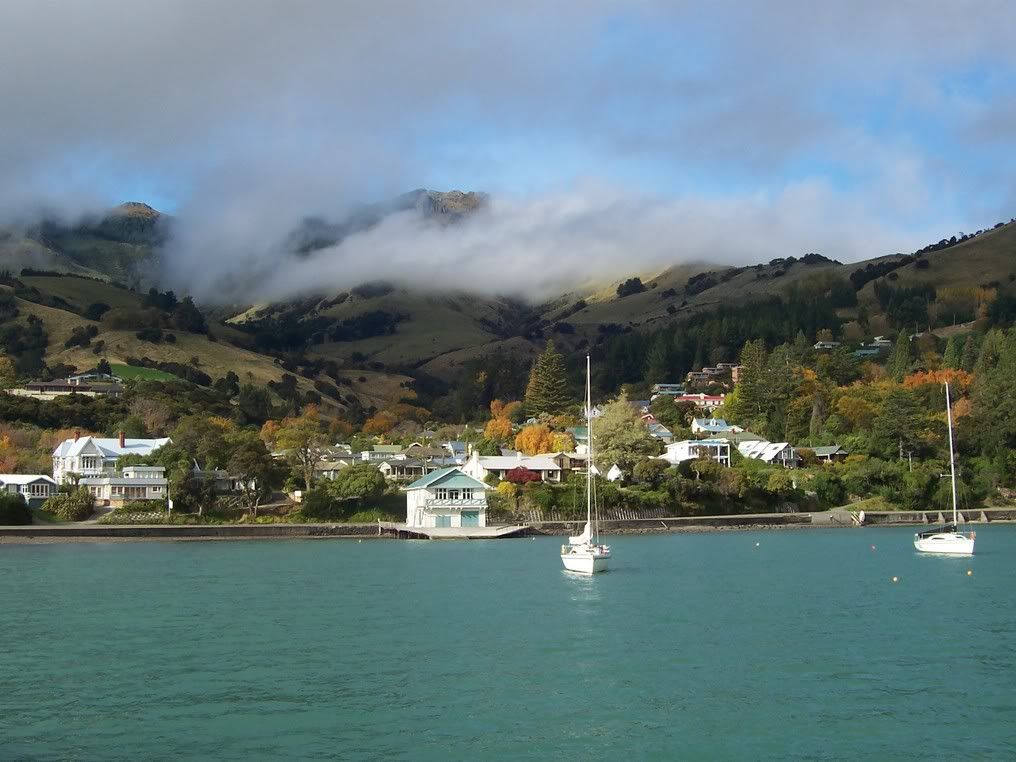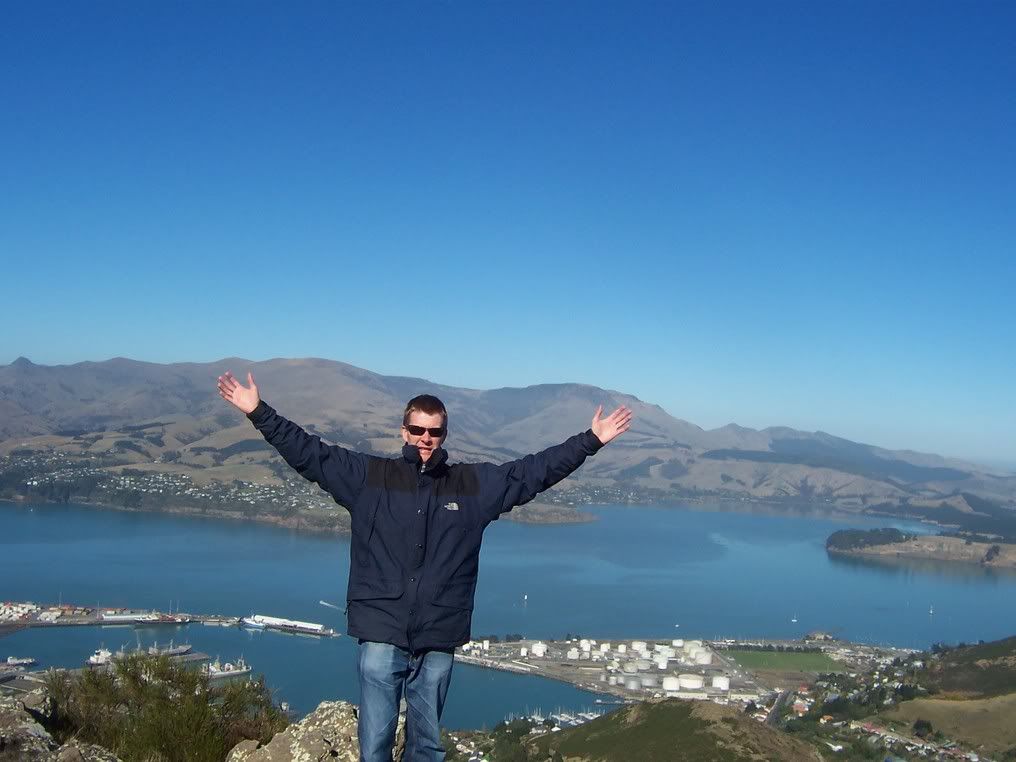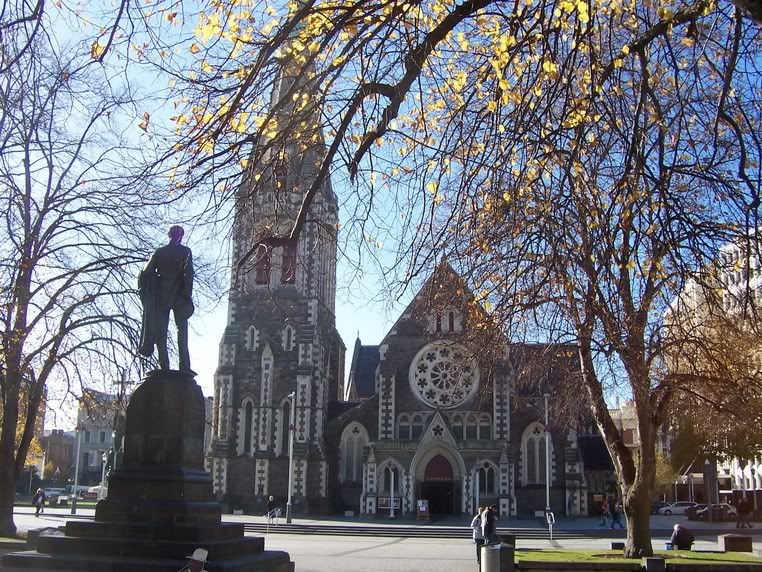Hyde Park, Sydney - part of my new walk to work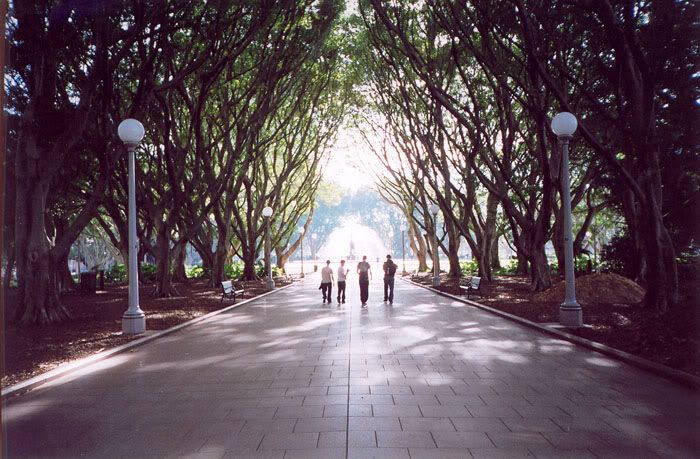
It's tough to come home after a good holiay, but I've found the perfect solution - go on holiday somewhere, and then take another holiday from that. When you get back from holiday 2 you're still on holiday 1 and the disappointment is eased somewhat. If only people knew about this. Anyway, so here I am back in Sydney - currently in the grip of an evil Autumn chill (high of 'only' 19C today, still t-shirt weather for me). Not much happened in the three weeks I was away, apart from one of my flatmates slipping a disc in her back on her bus to work, although she's since recovered.
Speaking of which, I finally managed to get through to my temping agency this afternoon, and they found me another job within two hours, which is pretty good. If you work long hours, temp agencies love you for the cash you make them - so when I turned up there fo a chat three of them were there to ask how I was getting on. I like to think it was because of my personality rather than my 50hr weeks, but I'm not so sure. Anyway, they almost immediately found me another job starting on Tuesday at the Australian Blood Tranfusion Service, which sounds mildly interesting (although it is a temp job, so it can't be that interesting). It's more money than the pensions place, but is a 45 minute bus ride from the centre of Sydney (North Ryde for Mr.106) - so I'll have to take a book, and avoid slipping any discs...

